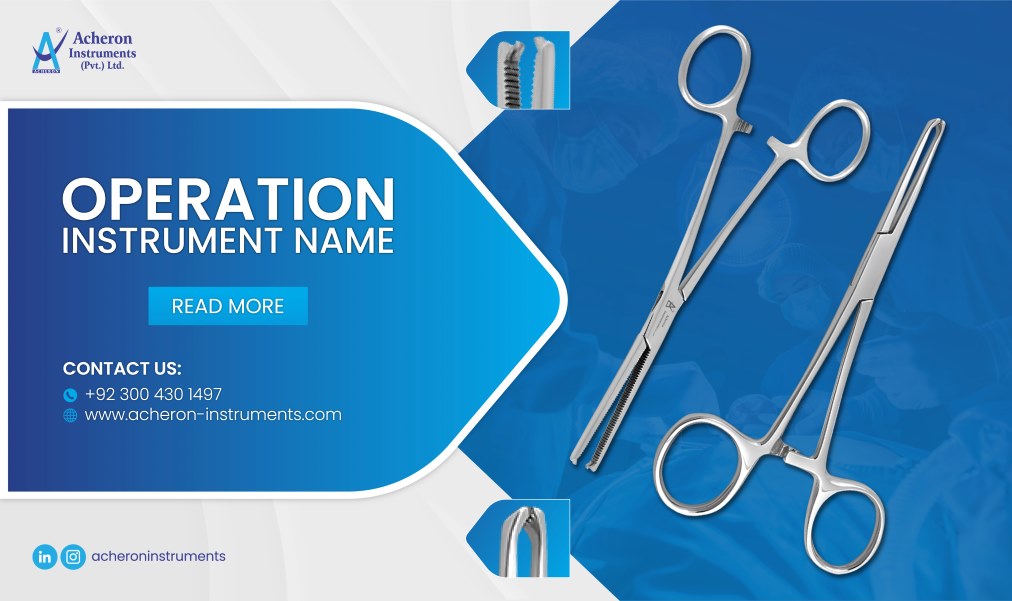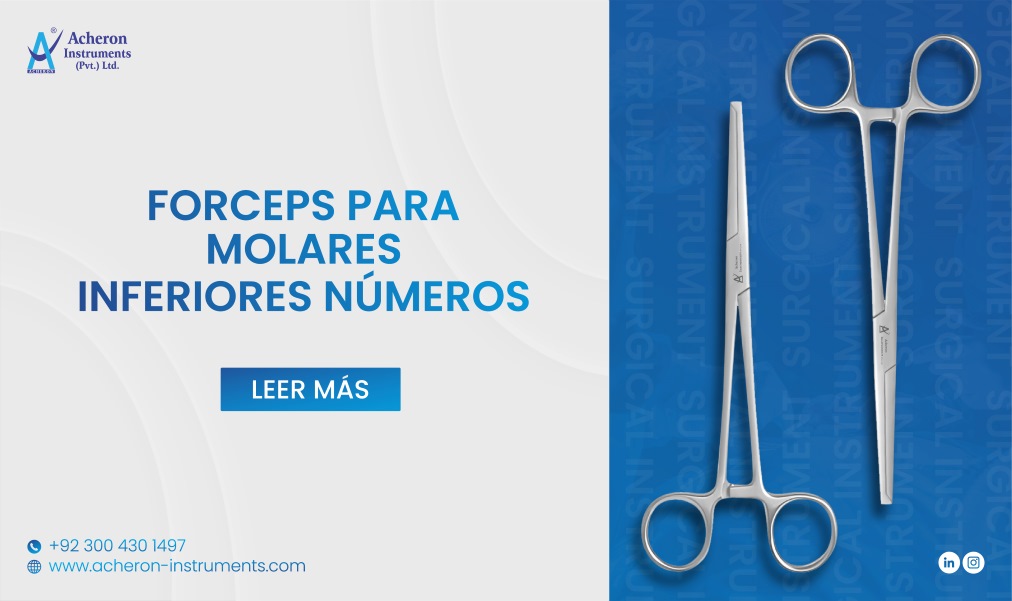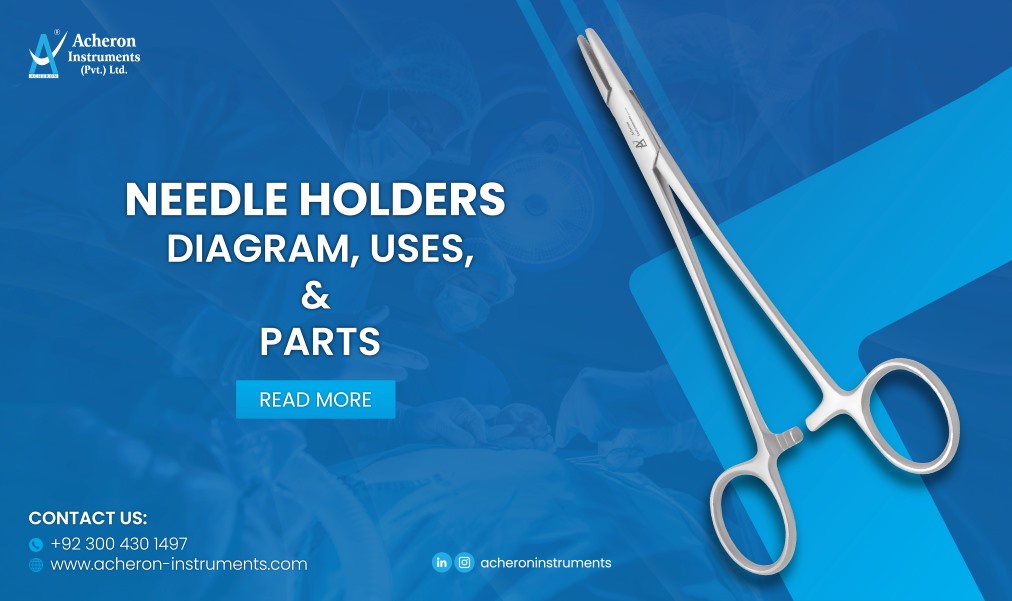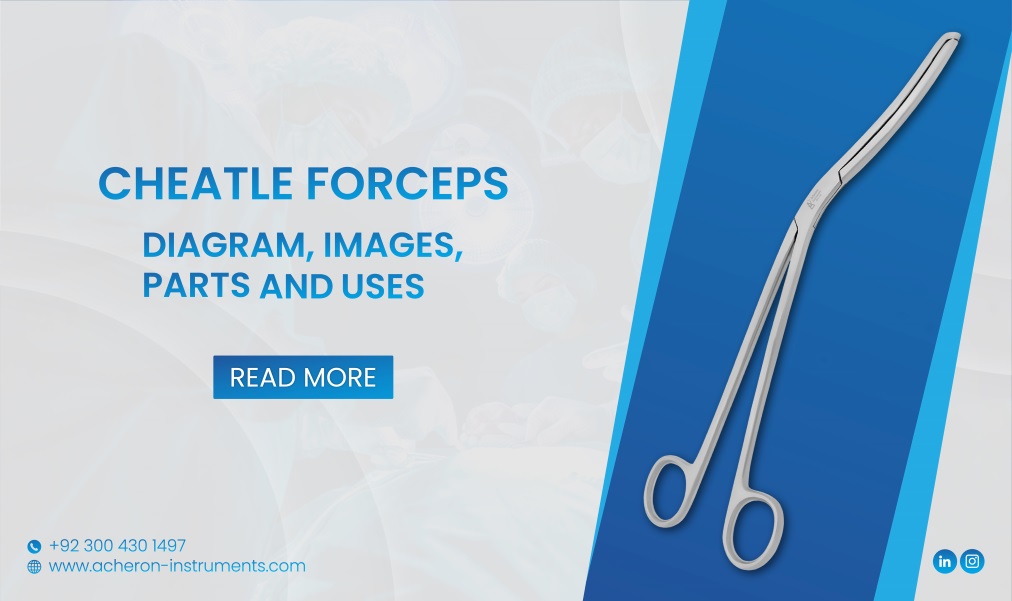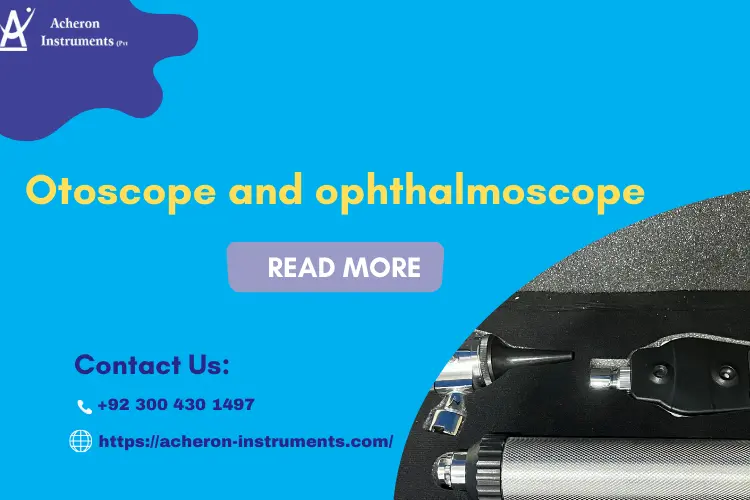 Looking for an Otoscope and ophthalmoscope? The eyes and ears are sensitive organs that require specialized care due to their crucial functions and intricate structure. Therefore, surgeons must be very careful while treating these delicate structures with utmost care and precision. If not handled properly, it can lead to a higher risk of complications that cannot be overlooked at any cost. Surgical instruments have made such surgical procedures efficient and easier at the same time. With the use of these tools, surgeons can not only perform their procedures efficiently but also contribute to providing paramount precision and accuracy while performing procedures. Otoscope and ophthalmoscope are examining tools that play a pivotal role in uncovering hidden conditions related to ears and eyes.
Looking for an Otoscope and ophthalmoscope? The eyes and ears are sensitive organs that require specialized care due to their crucial functions and intricate structure. Therefore, surgeons must be very careful while treating these delicate structures with utmost care and precision. If not handled properly, it can lead to a higher risk of complications that cannot be overlooked at any cost. Surgical instruments have made such surgical procedures efficient and easier at the same time. With the use of these tools, surgeons can not only perform their procedures efficiently but also contribute to providing paramount precision and accuracy while performing procedures. Otoscope and ophthalmoscope are examining tools that play a pivotal role in uncovering hidden conditions related to ears and eyes.
In this blog, we will be discussing these incredible tools shedding light on their functions, components, and the crucial role they play in the medical field.
Understanding Otoscope
Otoscopes are primarily used by healthcare practitioners to examine the ears. It comprises a speculum, a light source, and a magnifying lens. The light source illuminates the ear canal, enabling a clear view of the internal structure of the ear. Moreover, the magnifying lens magnifies the image for a more detailed inspection, while the speculum assists in the insertion of the otoscope into the ear.
This tool is considered one of the primary tools in the healthcare institute for diagnosing various ear-related conditions such as infections, wax build-up, and abnormalities in the eardrum. Additionally, they allow healthcare professionals to assess the overall health of the ear canal.
There are different variations of otoscopes available including both the traditional and digital ones. Each one of them serves its specific purpose and healthcare professionals choose the one that fits their medical preference.
Macroview otoscope
Macroview otoscope is one of the most preferred versions of otoscope that is greatly useful for ear exams. The term "MacroView" refers to the device's feature of providing a larger and more detailed view of the ear canal and tympanic membrane (eardrum) compared to traditional otoscopes.
This otoscope typically incorporates advanced lighting technology, such as LED illumination. Thus, providing a bright and focused light for a better visualization of the ear structures.
How to operate?
- Choose the right size of the ear speculum size for the examination
- Attach the selected speculum to the otoscope head
- Use the power switch to activate the device
- Carefully insert the speculum into the patient's ear canal, be aware not to push it too far
- Adjust the focus when needed to achieve a clear view of the eardrum and ear canal.
Do you know that Both instruments have undergone significant technological advancements in recent years. Digital versions equipped with cameras and screens offer better visualization and documentation capabilities, while portable models enhance accessibility and convenience.
Understanding Ophthalmoscope
An ophthalmoscope is a great tool that is useful for examining eyes. This device typically features a light source, mirrors, and lenses. The ophthalmoscope allows doctors to look into the eye's interior, surrounded by the retina, optic nerve, and blood vessels.
Eye care professionals can identify conditions such as macular degeneration, glaucoma diabetic retinopathy, etc. With the help of this incredible tool, eye specialists can not only diagnose eye-related diseases but can also monitor different eye diseases for timely treatment and intervention.
There are both standard and advanced versions of ophthalmoscopes available and healthcare professionals can choose the one based on their medical demands. However, the advanced version is more efficient and allows making more precise diagnoses.
Coaxial ophthalmoscope
The coaxial ophthalmoscope is one of the best versions of the ophthalmoscope that facilitates easier entry into the eye, offers a broader field of view, and minimizes glare in comparison to standard ophthalmoscopes. Moreover, it ensures optimal performance and delivers a brighter and whiter light that ensures accurate tissue color representation.
In coaxial ophthalmoscopes, there is a perfect alignment of the light source and the observation path (the line of sight to the eye). This provides a focused and well-illuminated view of the retina. Additionally, This design helps minimize reflections and shadows, allowing for a more accurate examination of the eye's structures.
How to operate a standard ophthalmoscope?
- Adjust the lens wheel to the zero position
- Use the power switch to turn the device on
- Stand one arm’s length away from the patient and ask them to focus on the distant point
- Direct the light at a 15-degree angle toward the patient's eye from the line of vision
- Approach gradually to examine the retina and make the lens adjustments as per requirement to achieve a clear view
Otoscope/ophthalmoscope diagnostic set
Otoscope/ophthalmoscope diagnostic sets are used by a wide range of populations including healthcare professionals, medical students, and nurses as well as for home use. Ophthalmoscope/otoscope sets have been a popular choice, especially for medical students for a few years. This is so because it is one of the most comfortable options available and comes with a complete set of packages for a comprehensive examination of the eyes and ears.
Moreover, the package generally comprises a PanOptic Plus LED Ophthalmoscope, one Premium Lithium Ion Plus USB Rechargeable Power Handle, MacroView Plus LED Otoscope, and a Hard Case. Additionally, the handle is equipped with a user-friendly ambidextrous rheostatic on/off switch and connects to both heads within the set effortlessly.
These diagnostic instruments are crucial for assessing visual and auditory health, enabling healthcare providers to identify various conditions or abnormalities during routine checkups. Also. This incredible diagnostic set is a perfect combination of prestige, price, and power. Suitable for both professional use and practice, it is conveniently portable makes it a perfect choice for a large number of the population.
Cleaning and maintenance of otoscope and ophthalmoscope diagnostic set
- After each use, it is recommended to wipe the device and its accessories using a soft, damp cloth.
- It is crucial to refrain from using harsh cleaning agents, as they may cause harm/damage to the delicate lens and fiber optic components.
- Inspect the ophthalmoscope and otoscope after each use for any signs of wear, damage, or malfunction.
- Ensure the secure storage of the device in its case to shield it from potential damage.
Conclusion
In the dynamic world of healthcare, the otoscope and ophthalmoscope stand as the most essential tools that must be a part of every healthcare facility. Also, these instruments empower healthcare professionals to provide precise and targeted care. These diagnostic tools are designed to be durable, reliable, and versatile, meeting the needs of medical practitioners in various clinical settings. Moreover, as technology continues to advance, these diagnostic tools will likely evolve, further enhancing their capabilities and contributing to improved patient outcomes.
Where to find the best otoscope and ophthalmoscope diagnostic set?
Whether you are a healthcare professional/medical student who wants to buy this essential diagnostic set for medical purposes or want this professional device for home use, we’ve got you covered. We at Acheron Instruments offer the best quality otoscope and ophthalmoscope diagnostic tools available at the most reasonable prices. Also, our medical instruments are ISO-certified and made from high-grade German stainless steel material that enhances their durability and makes them reliable in the long run.
So, what are you waiting for? Place your orders now. Our representative will assist you shortly for further guidance


